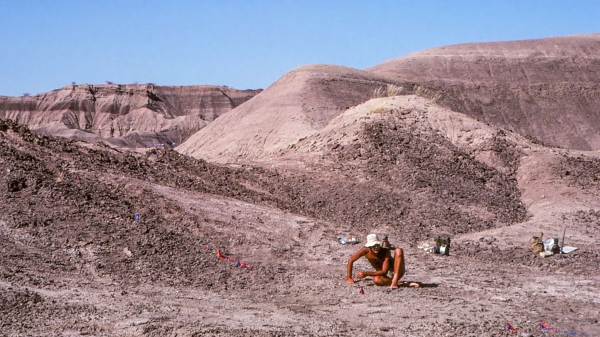ASU archaeologist helps model human impact on land
Computer modeling is broadening the scope of archaeology by not only providing a better understanding of the past but also by predicting what might occur in the future.
That topic, as related to human-environment interaction, is at the core of “Living in the Past and Looking Toward the Future,” an Inside Science News Service article featuring Arizona State University archaeologist Michael Barton.
Barton, a professor in the College of Liberal Arts and Sciences’ School of Human Evolution and Social Change, is at the forefront of using advanced computer modeling in archaeological studies. His work centers on understanding how areas of the Mediterranean landscape have been altered over the millennia.
Looking at the effects of grazing, farming, water run-off, vegetation cover and other factors, he examines why some portions have been successfully farmed over the long range and others have not. The results of his research may help inform land-use decisions and boost the sustainability quotient of land-use practices.
Archaeologists can look to the past to help test and refine their models by performing computer reenactments and comparing the results to the actual outcome. “If we can predict the past really well, then that gives us a good chance of predicting the future, Barton says.
Barton believes archaeology is ideally suited for investigating changes across vast spans of time, with computer modeling providing the added advantage of translating that far-reaching perspective into a predictive tool. He says, “There’s no other field that really has access to this kind of data to look at and evaluate long-term models. We’re in a unique position, I think, to provide some information about what’s the long-term impact of what we do today.”
Article source: Inside Science News ServiceMore ASU in the news

ASU celebrates new Tempe campus space for the Labriola National Data Center

Was Lucy the mother of us all? Fifty years after her discovery, the 3.2-million-year-old skeleton has rivals
